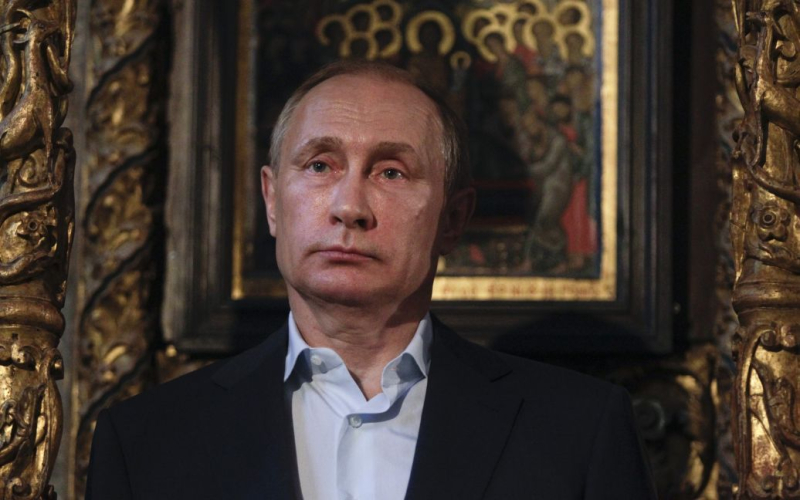
Only the naval component of the use of nuclear weapons can pose a real threat.
Russian occupiers continue in the third year of a full-scale war in Ukraine threaten the entire world with nuclear weapons. The military-political leadership of the Russian Federation still believes that someone is paying attention to this. However, Russia itself has no protection against a nuclear attack.
Alexander Kovalenko, a military-political observer of the Information Resistance group, wrote about this on his page on the social network.
According to him, when we talk about the nuclear potential of the Russian Federation, we are talking about a certain triad capable of using the entire range of weapons with nuclear warheads. These are land assets (mobile and stationary), aviation complexes (Tu-95MS, Tu-22M3 and Tu-160) and naval components (nuclear submarines).
“And this is where the fun begins. If we consider the potential of all these components, it turns out that it is very low and even unsafe for Russia itself. Over the 30 years of the existence of a country like Russia, most nuclear warheads and their carriers have not undergone proper regular maintenance and routine repair work. If we talk about stationary silo launchers, primarily for intercontinental ballistic missiles (ICBMs), then two-thirds of them on Russian territory have not been combat-ready for a long time, and the remaining launches from a third can threaten emergency situations. That is, the use of the ground component for the use of tactical and strategic nuclear weapons is possible, but in terms of its condition and potential it is far from the level of the times of the USSR,” emphasized Alexander Kovalenko.
In addition, the situation is no better with aviation, which can carry nuclear warheads. The fleet of strategic missile-carrying bombers is extremely worn out and each type of aircraft is 1/3 or 2/3 of the total number unusable for flights.
“The largest working aircraft fleet remains among the Tu-95MS, but they have a serious problem with the development of their service life. We see how in recent months, not years, not a single Tu-95MS, when shelling Ukraine, has used its maximum missile load – eight missiles. Recently, very surprising launches of one rocket from one side have been taking place. In addition, not a single missile has appeared in the range of Russian air-launched missiles that would be difficult to intercept by Western air defense systems or aircraft. And the system of surveillance and monitoring of Russian airfields allows Western countries to assess all threats from Russian aviation,” noted the military expert.
At the same time, the Russian submarine fleet is in almost complete need of repair, but carrying it out in the current conditions and in large volumes is simply impossible.
“If we talk about the entire nuclear triad, then, perhaps, it is Russian nuclear submarines that pose the greatest danger to Western countries in the context of nuclear strikes, but much less than it was during the Soviet era. The means of detecting and tracking such submarines have now reached a completely different level, while Russian nuclear submarines are not far from the concepts of the 1980s. Actually, if we talk about the state of the means that Russia can use to launch nuclear missiles, then in almost every category they want the best, but… But they can still launch missiles. Therefore, yes, they are rubbish, yes, most of them are not combat-ready, but in fact they can launch nuclear weapons. And in this case, when we assess the enemy’s capabilities in terms of the quantity and quality of nuclear weapons, we should always take into account accompanying means, in particular air defense,” Kovalenko emphasized.
Recall that the Russian occupiers began firing cruise missiles at air bases in Ukraine.
Related topics:
More news

